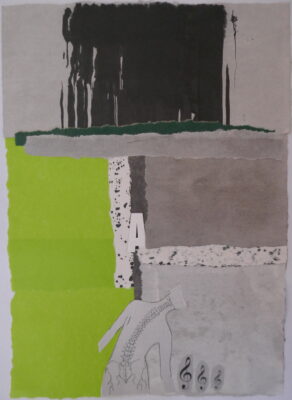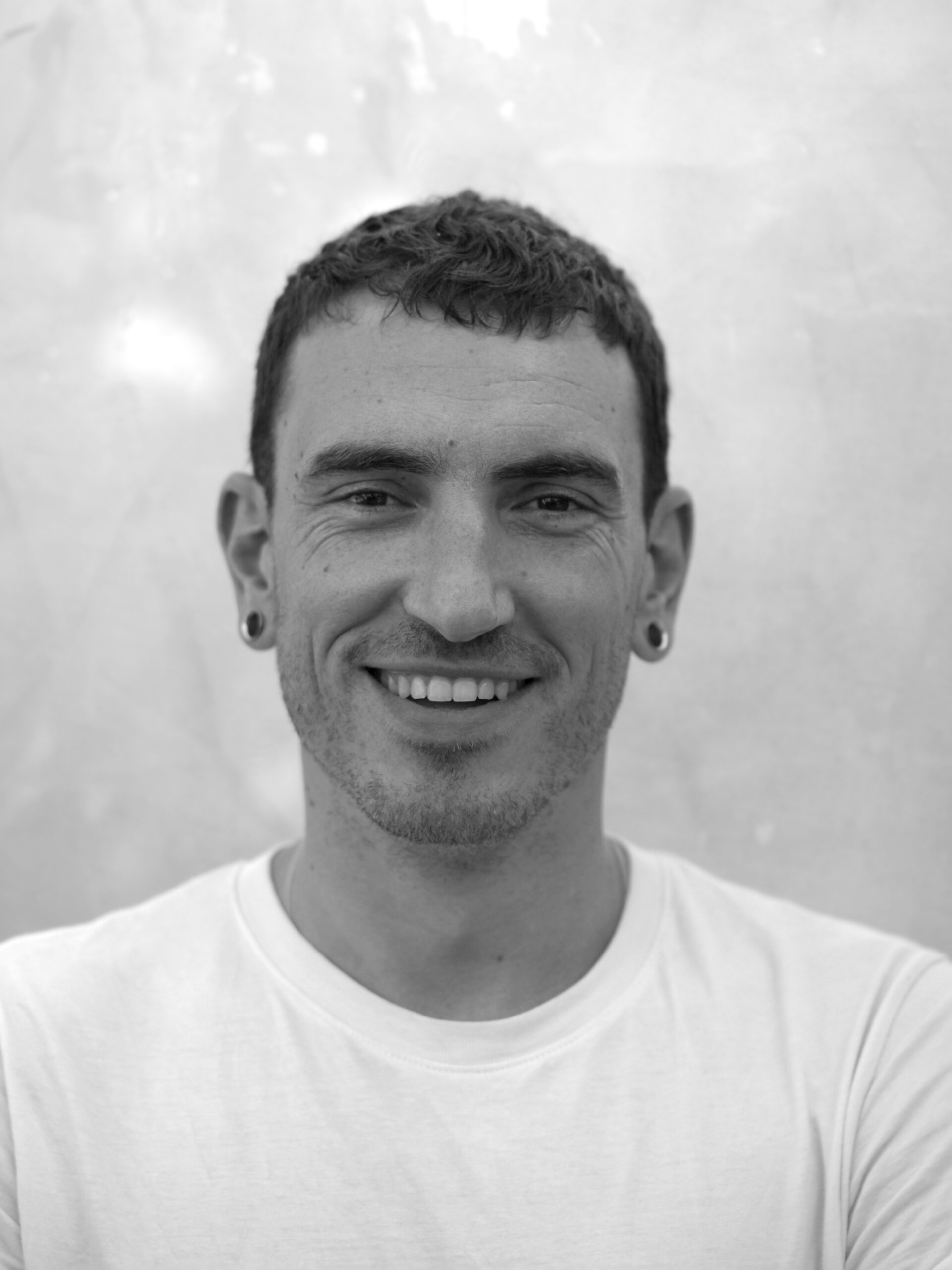Search
To search for an exact match, type the word or phrase you want in quotation marks.
A*DESK has been offering since 2002 contents about criticism and contemporary art. A*DESK has become consolidated thanks to all those who have believed in the project, all those who have followed us, debating, participating and collaborating. Many people have collaborated with A*DESK, and continue to do so. Their efforts, knowledge and belief in the project are what make it grow internationally. At A*DESK we have also generated work for over one hundred professionals in culture, from small collaborations with reviews and classes, to more prolonged and intense collaborations.
At A*DESK we believe in the need for free and universal access to culture and knowledge. We want to carry on being independent, remaining open to more ideas and opinions. If you believe in A*DESK, we need your backing to be able to continue. You can now participate in the project by supporting it. You can choose how much you want to contribute to the project.
You can decide how much you want to bring to the project.

You put this with this, like this, one thing next to the other, and something happens; or perhaps one in front, foreshortened, and the other lying down, and something different happens; or you add a third thing, and a theme appears, and a tension is generated and we look for a way to develop it to resolve it.
A letter next to a different letter that makes an article, we leave a space and add another small group of letters that make up a noun, another space, another small group of letters conjugated in a verb that causes the action, another space, and a last small group ittells us how the action is performed. The girl jumps happily.Suddenly, a sentence appears, and with it a scene.
A sound next to another different sound, and another and another and another, and a melody appears. If two sounds or more sound at the same time, they make a chord, and it sounds fuller, more beautiful, as if that line were padded.
You flex your head to the side as your right shoulder leans forward and from the fingertips of your right hand you draw a circle, flexing your elbow and moving your left hip back, causing you to step with your left foot. A sequence of movements, one after the other, sometimes simultaneously, like a chord, producing a choreographic phrase. If two people in unison, in chord, dance, the phrasemagic is produced: synchrony, or the sequence of movements is highlighted, as if we were to put it in bold.
After more than ten years teaching (choreographic) composition, for some years interested in the practice of writing and for some others linked to the language of music (with the violin as a child and now with the piano), I have begun to connect the dots. The parameters of the composition and its tools are similar, if not the same, in the different languages. Or let’s say that I find a great help in playing to transfer strategies from one language to another. And this game is the one I’m developing for the new creation I’m working on and that will be premieredin February of next year at Mercat de les Flors .
To help me think about these links, and accepting the invitation from A* desk to be the guest editor for this month of May, I have decided to invite people close to me who have other compositional practices to reflect on it. Blanca Pujals from her practice of thinking about space as an architect and space researcher; Pol Guasch from his incredible way of putting words together and making magic; Meritxell Neddermann from her admirable ability to juggle sounds; and Carolina Campos from her sensibility accompanying scenic creation processes. All of them talk about composing, with space, words, sounds or movements. And all of them, somehow, talk about the same thing but in different ways. And it is these differences in naming the common that seems to me a gift and an impulse to run to the studio and start playing with all these materials, tools, parameters and strategies. I hope that reading these articles encourages you to run away to compose with words, sounds or movements, or all at once.
(Cover photo: Collage: Rosa Galí. Photo: Shadha Agliata)

Aimar Pérez Galí develops his artistic practice as a dancer, choreographer, researcher, pedagogue and writer. He graduated as a performer in contemporary dance from the Amsterdam School of the Arts and later studied the PEI at MACBA. Since 2024 he has been teaching composition at the Conservatori Superior de Dansa del Institut del Teatre. His work, which has been seen nationally and internationally, includes stage works such as Sudando el discurso: una crítica encuerpada (acquired by the Morera Museum in Llieda), The Touching Community or èpica, the film Touching Blues, publications such as Sudando el discurso, Lo tocante or Cuadernos sobre el tocar, written with Jaime Conde-Salazar with whom he shares the CondeGalí BL project, creating works aimed at school and family audiences such as DITDIT or Sujeto · Verbo · Predicado, and even applying the knowledge of DITDIT in the field of health with a group of users of ACE (Alzheimer Center Barcelona) thanks to the Campus Salud of the Castell de Peralada Foundation. He has collaborated with artists such as Xavier Le Roy, Dora García, C. Tangana, Maria Arnal & Marcel Bagès and Nicole Beutler. He has been studying piano for the last three years.
"A desk is a dangerous place from which to watch the world" (John Le Carré)